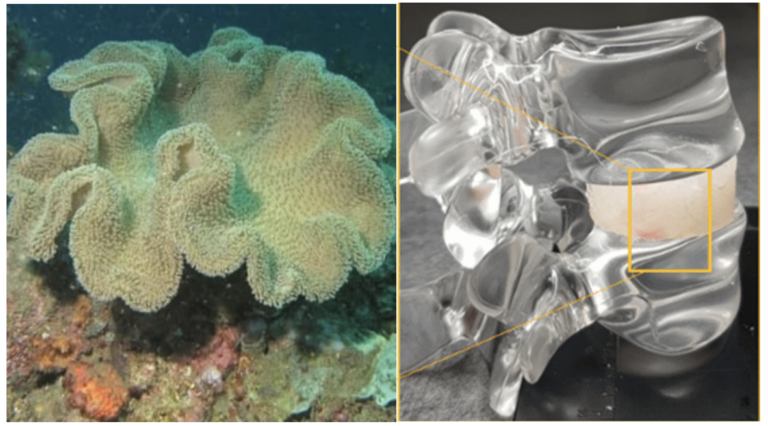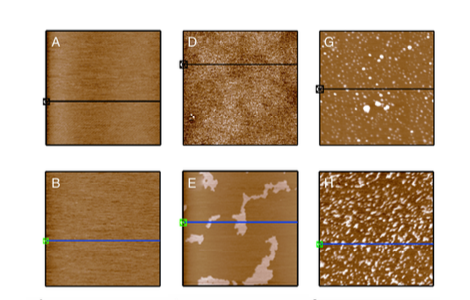DEEPOPTICS Omnifocals (Israel) allows to see the world naturally and seamlessly

To imitate natural vision, we need a lens that can change its optical power without changing its physical structure. Liquid crystal technology allows us to do just that. Liquid crystal is a birefringent matter that can effectively change its refractive index as a result of induced electronic voltage. By inducing a voltage profile on a liquid crystal (LC) layer, we can obtain a gradient of local refraction indices that generate a lens.
The voltage profile is built through the use of separate electronic pixels. In order to create a high quality lens, an accurate voltage profile must be applied to the LC layer. For this purpose, we need to use small pixels. High aperture and optical power requirements, combined with the need for small pixels, suggest that we need to achieve very high resolution.
Until today, LC technology was not suitable for application in vision correction eyeglasses as state-of-the-art technology doesn’t support the implementation of a pixelated LC lens that has both high resolution (i.e., high precision) and high transparency. High resolution LC displays are implemented using Thin-Film Transistors (TFT) technology.YARIV HADDAD, Co-Founder & CEO (Technion), YOAV YADIN Co-Founder & CTO (Technion), ALEX ALON Co-Founder & Chief Scientist (Tel Aviv University)
While applicable for manufacturing TV and computer screens, this technology is not suitable for transparent surfaces, as is required from an optical lens. Other LC technologies (such as passive driving technology) that allow for high transparency, are not suitable due to their low resolution: passive driving technology resolution is limited to 100X100 pixels, while the application of LC lenses in multifocal glasses requires a resolution of at least 1000X1000 pixels.
Deep Optics’ fabrication technology introduces the ability to create an optical lens that has both high resolution and high transparency. For the very first time, it allows us to develop eyeglasses that precisely imitate the natural vision experience and are devoid of any physical discomfort: The glasses are equipped with sensors that detect the viewing distance and control the lens so that it adjusts its power accordingly. The entire field of view is used, for viewing all distances. Our patent-pending technology supports both negative and positive power and allows us to develop a lens with an optical addition of 3 diopters and a size of 30 mm, which is suitable for all multifocal glasses prescriptions.




